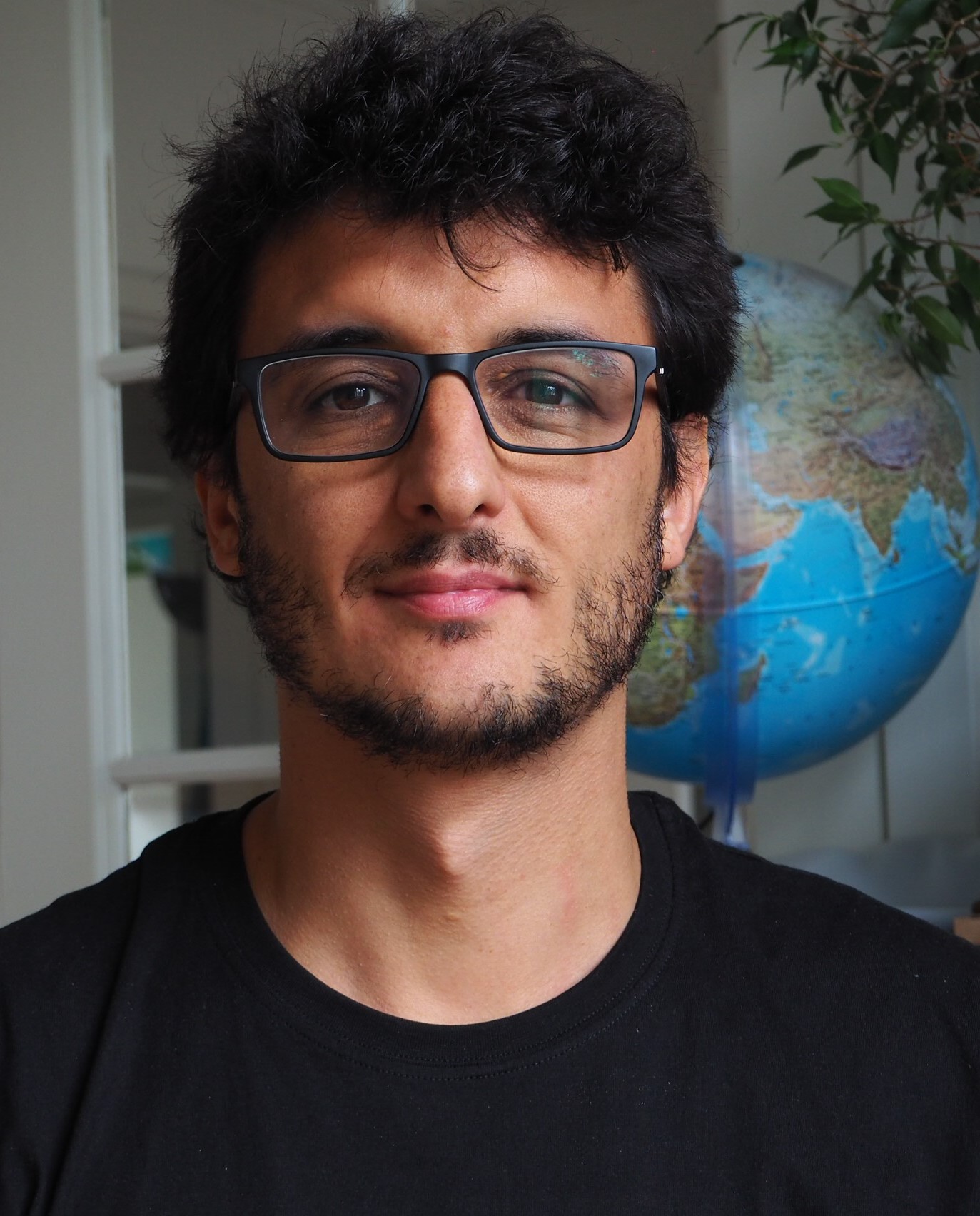SEMINARIO DE INSTITUTO
How to make a newron
Ponente
Diego García González
Fecha y hora
9 de Mayo 2025 12.30 hrs.
Lugar
Instituto Cajal
Abstract
Neurogenesis comprises three intricately regulated steps, namely generation, migration and integration of new neurons. After birth, neurogenesis remains restricted mainly to two germinal zones in the rodent forebrain, the ventricular-subventricular zone (V-SVZ) located adjacent to the walls of the lateral ventricles. In the vertebrate brain, the majority of neurons undergo generation and differentiation in distinct locations. Therefore, correct migration and integration of newborn neurons are essential steps for shaping brain function.
In this talk, I will cover basic mechanisms that control neuroblast migration towards different forebrain structures in mouse. First, I will present how serotonergic axons regulate migration neuroblasts. Second, I will show the ocurrence of adult neurogenesis in the nucleus accumbens and how this process is regulated by pathological pain conditions. Finally, I will present a new single-cell transcriptomics dataset that has allowed us to identify candidate genes that control cell identity specification of postnatally-generated interneurons.
Affiliation and short bio

2007-2012: PhD in Neuroscience (UAM) at Hospital Nacional de Parapléjicos (F de Castro Lab).
2013-2018: Postdoctoral Researcher at German Cancer Research Center (DKFZ) in Heidelberg (Hannah Monyer Lab).
2019-2022: Postdoctoral Researcher at Biotech Research and Innovation Centre (BRIC) in Copenhagen (Konstantin Khodosevich Lab).
In 2022 moved to IBiS as young group leader (first as Miguel Servet Fellow, next as Emergia Fellow (University of Seville).
Since 2024, Científico Titular (CSIC).
